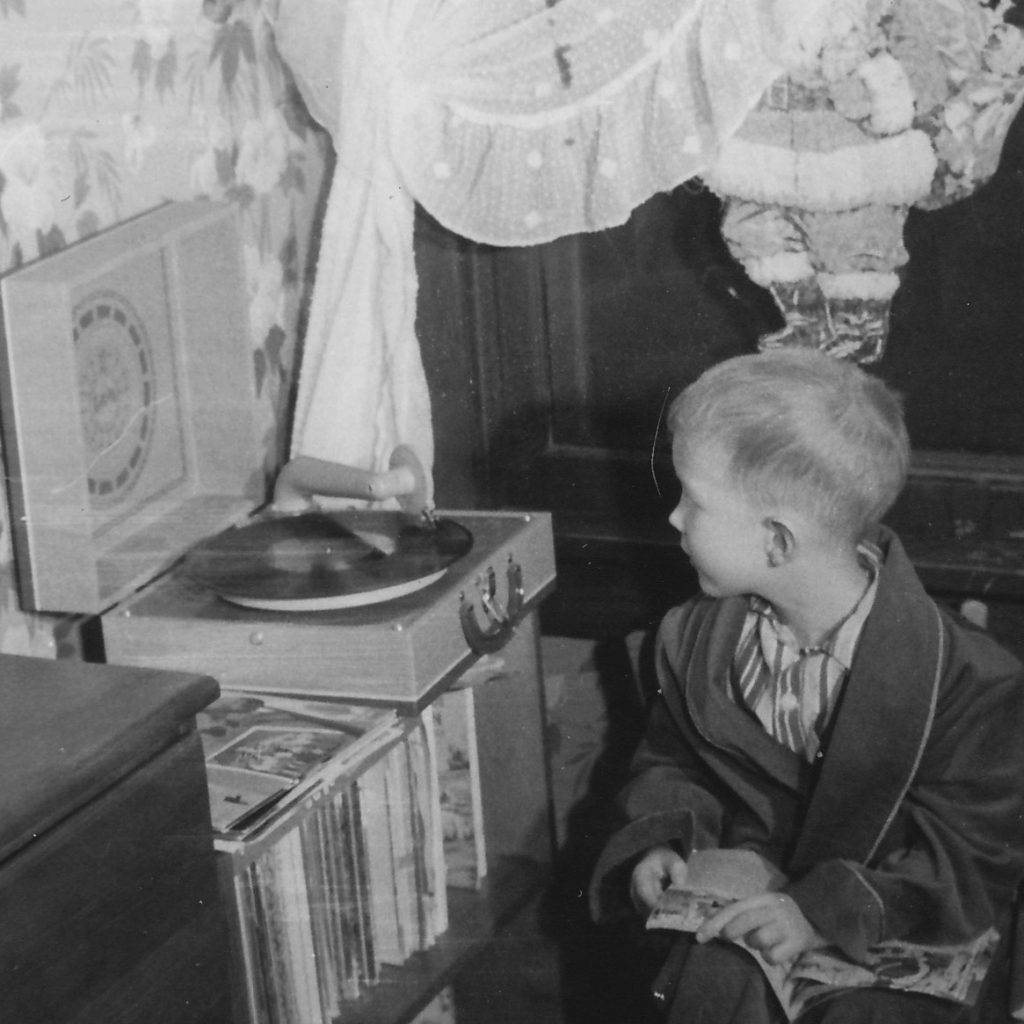Recording of folklore on the north shore of the St-Lawrence
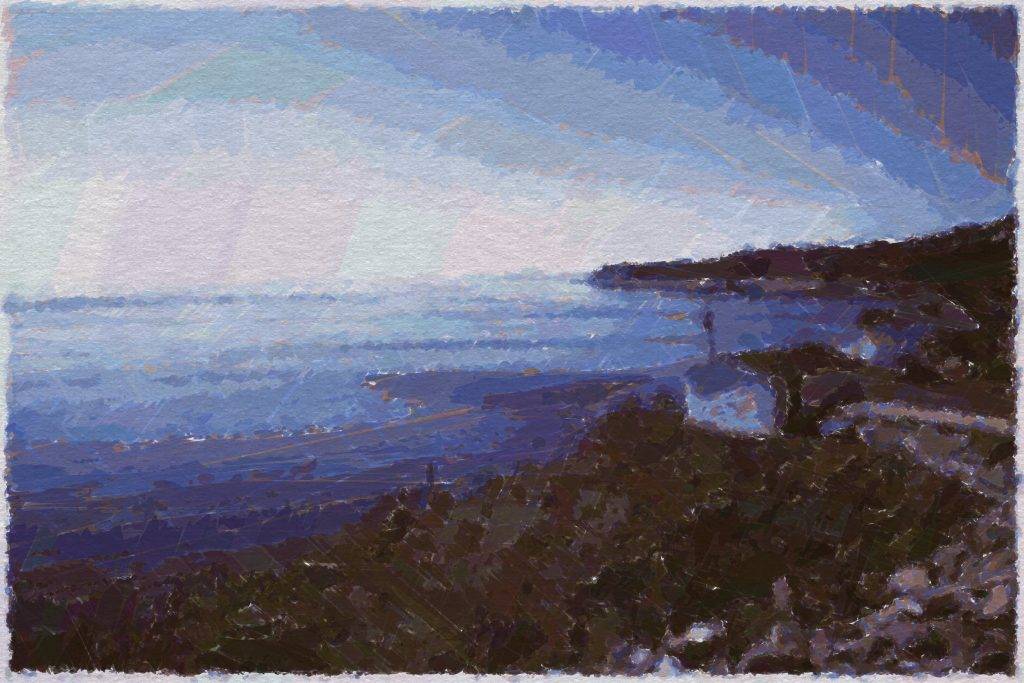
At some point during the three or so years that we visited the North Shore at Tadoussac (1977-79) to study the whales and other marine wildlife in their habitat, our guide, Mr. Henri Otis introduced us to local musicians and we were entranced by the traditional folklore that they played. Mr Otis was himself a capable accordion player and he loved to play in the evenings after supper, as he told us stories of is exploits as a hunter and a guide. It is important to remember that Tadoussac was a remote community only accessible, to this day, by ferry across the Saguenay river and that social and cultural exposure to the outside world was tenuous at best.
It is during one of these expeditions that I first thought of recording these impromptu musical sessions and undertook, without really intending to, an ethnomusicological study of a musical form that was part of an oral tradition deeply informed by the absence of continuous and sustained outside influence. According to Henri Otis, and the other musicians on these recordings, the songs and pieces that they performed had been handed down to them by their elders for the most part. Even owning in instrument was a very special circumstance, and maintaining them required great ingenuity on the part of the players themselves.
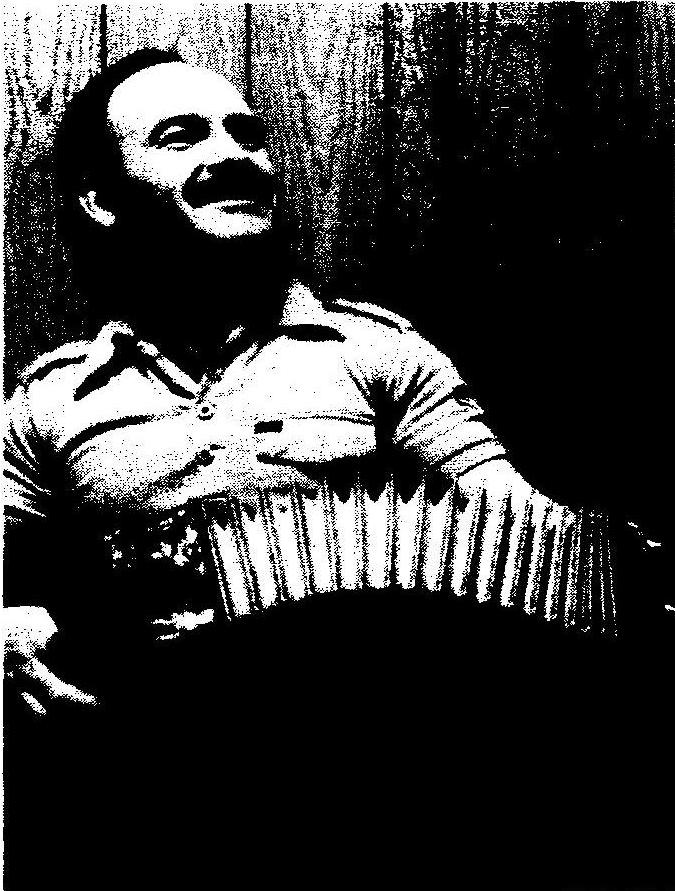
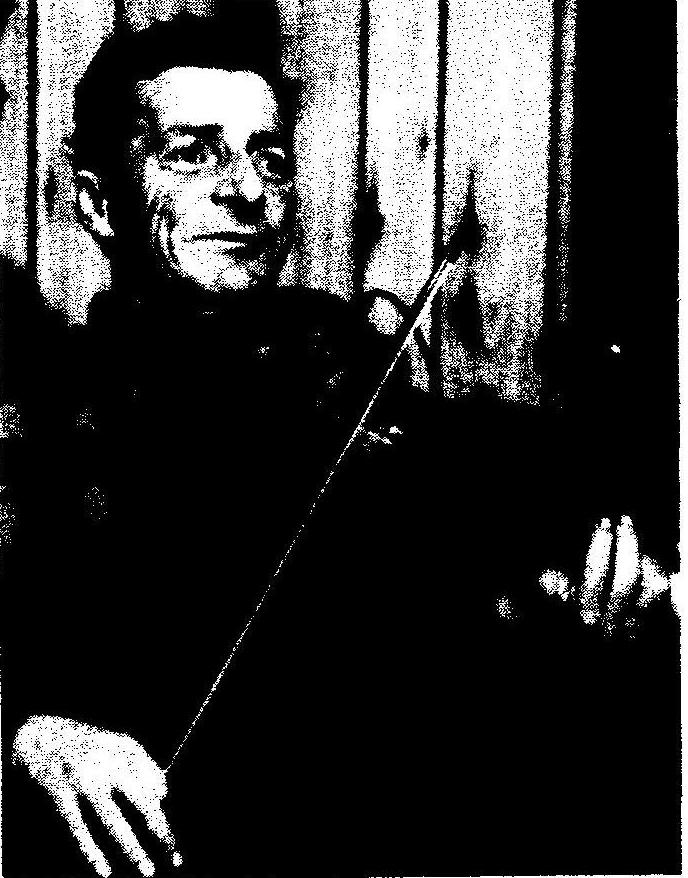
What resulted was a unique musical style and performative practice where the pieces themselves were not only hybrid in nature, drawing from a number of sources to create a new and coherent whole, but also highly improvisational, open to re-interpretation depending on context and circumstance. This is truly music to be played with and for others, in the finest example of oral tradition and practice. I can attest that Mr. Otis, who I heard on many occasions, rarely played the same piece the same way twice, adapting to his mood and his audience at the very moment of performance.
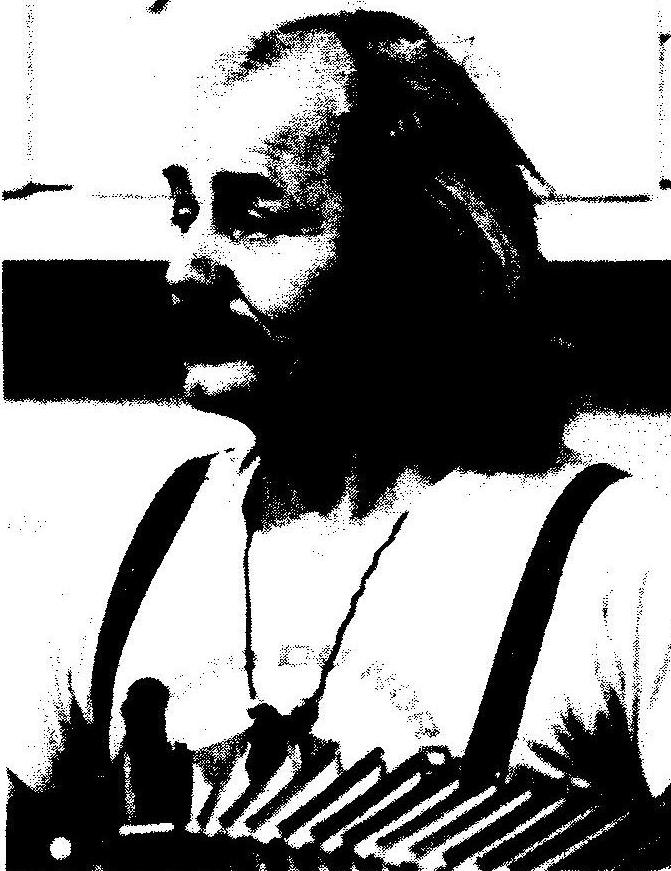
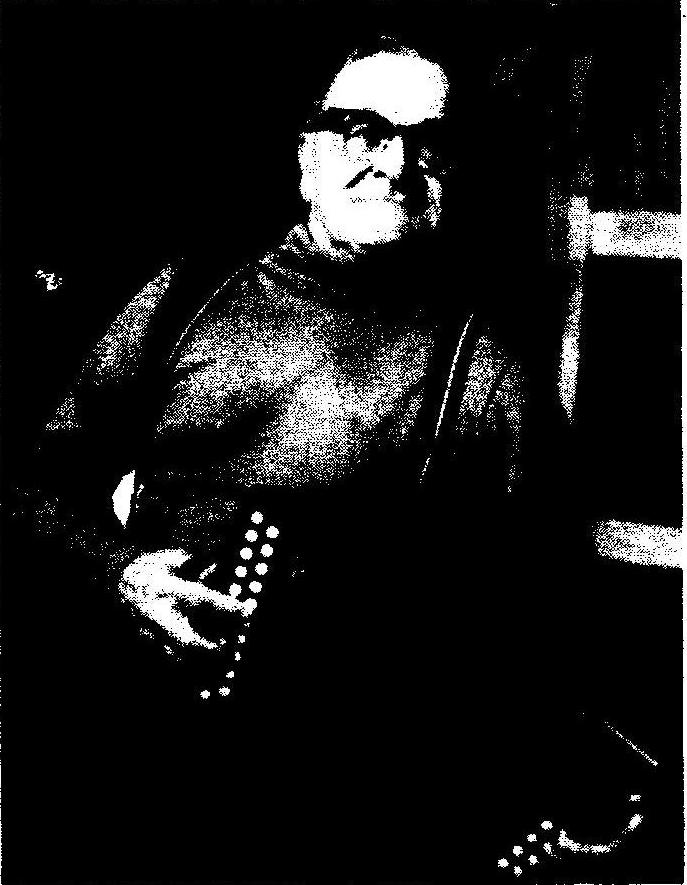
Because these musicians were naturally talented, they could, by their own account, remember pieces that had they heard only once or twice on the radio, which was itself a rarity due to distance and other atmospheric conditions. They would also learn music surreptitiously as it was performed by other local musicians and variations on these influences were the norm, rather than the exception. And each musician guarded his style and repertoire as closely as possible because of the social status associated with playing an instrument well in these small and remote communities.
In the final analysis, it was the ability of the music, as performed and imagined, to move people in dance and song, that was, and will remain, the measure of its enduring appeal and success.
Some pieces on this record are quite old. In the case of La Marche Du Pendu (The Hang Man’s March) the legend tells us that a man, falsely condemned to hang, borrowed his jailer’s violin and composed this moving march on an instrument he had never played before in his life. Other pieces are quite recent and attest to the lasting popularity of the folkloric idiom and oral traditions in modern times.
Songs
Rile du Pendu – Orel Quinn –- 2:45
“la Gigue a Joe Bouchard” – Noel Tremblay – 1:15
La Bastringue – Noel Tremblay – 1:45
Partie de quadrille – Henri Otis – 1:50
Le petit chien à Madamme – Henri Otis – 2:05
Jeunes mariés parlons-en donc – Henri Otis – 2:41
Quand Panchot allait voir les filles – Johnny Dugas – 2:08
Marche “Amcouli” – Johnny Dugas – 3:00
Quand Ti-Jean reviens du bois – Johnny Dugas– 0:50
Rile sans nom – Orel Quinn – 3:00
Valse de la Cremayère – Orel Quinn – 2:40
Rile de Québec – Orel Quinn – 3:00
Chanson – Johnny Dugas – 2:00
Brandy Canadien – Noel Tremblay – 2:55
Valse des oiseaux bleus – Noel Tremblay – 2:30
Partie de quadrille II – Henri Otis – 2:55
Rile des montagnards – Rile des oiseaux moqueurs – Henri Otis – 4:10
Chanson – Johnny Dugas – 1:40
Accordion – Henri Otis (tracks: A4 to A6, B7, B8)
Accordion Johnny Dugas (tracks: A7 to A9, B4, B9)
Orel Quinn (tracks: A1, B1 to B3)
Fiddle – Noel Tremblay (tracks: A2, A3, B5, B6)
Guitar – Jean Côté (tracks: A6, B6 to B8)
Credits
These recordings were made during the months of October and November 1978 in Toronto, (Studio Ammo), and Tadoussac and Sautes-aux-Moutons (on location), on the North Shore by Pierre Ouellet. Sur la Côte Nord was originally released on the Music Gallery Editions (MGE #17) and funded, in part, by the Canada Council for the Arts.
All material and rights assigned by Pierre Ouellet to Lifeworld Sound and Venture Publishing – copyright 2019.
